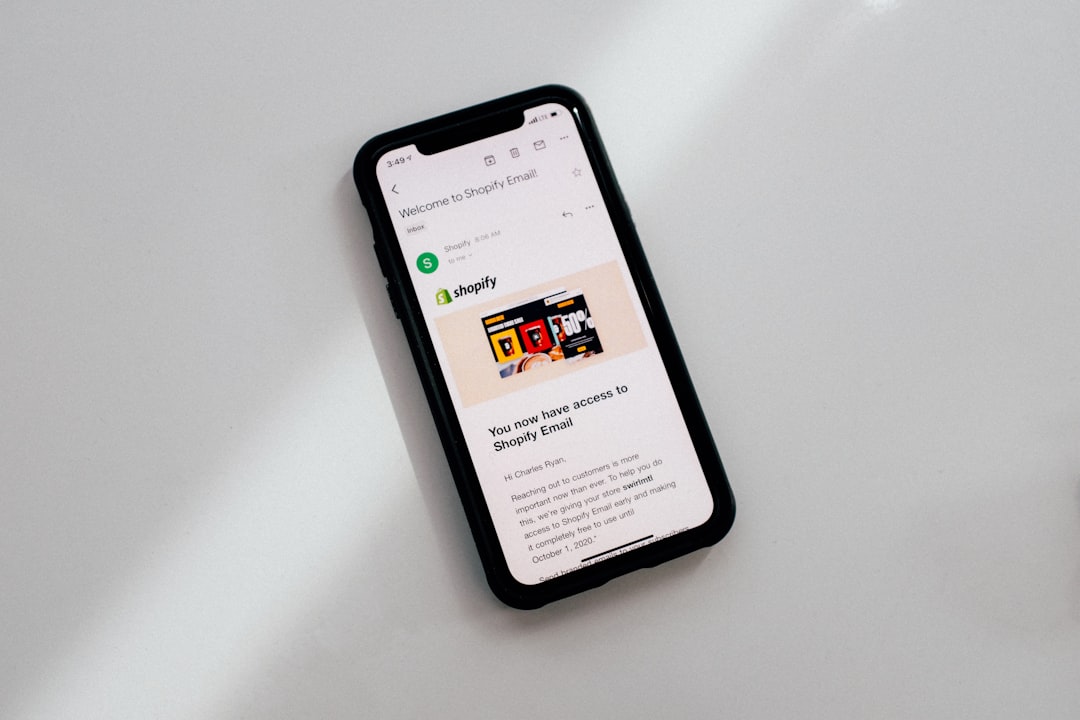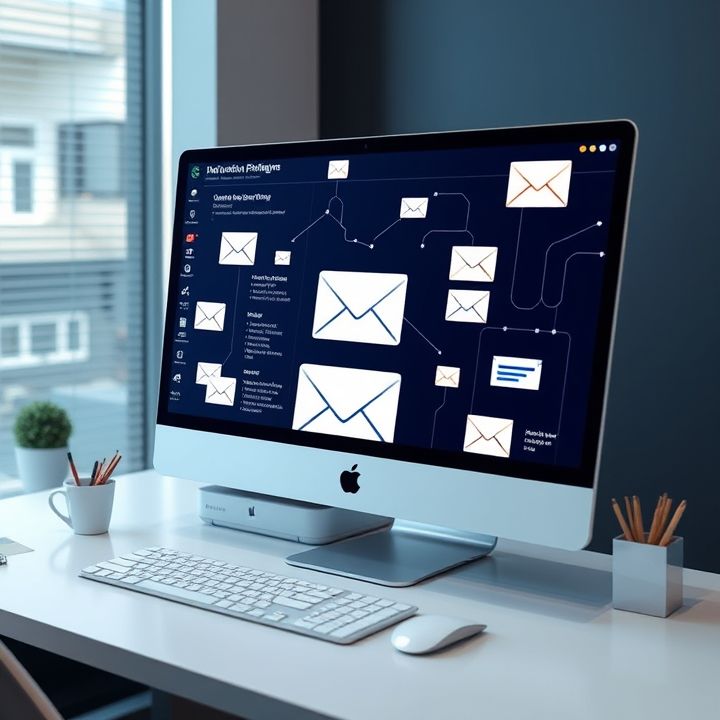Table of Contents
- Introduction
- Analyzing Audience Behavior for Optimal Send Times
- Utilizing A/B Testing to Determine Peak Engagement
- Leveraging Time Zone Data to Personalize Delivery
- Adapting Strategies Based on Industry Trends
- Incorporating AI and Machine Learning for Predictive Send Times
- Conclusion
- Frequently Asked Questions
Introduction
Are your emails getting lost in the inbox abyss? Timing your emails perfectly can make the difference between catching a reader’s attention and being ignored. Imagine boosting your engagement rates simply by sending your emails at the right moment! Welcome to your ultimate guide on unlocking the perfect timing for emails that lead to unbelievable results.
To grab your readers’ attention at the optimal time, let’s explore some fascinating data that supports the art of timing.
| Day of the Week | Open Rate % | Best Time to Send |
|---|---|---|
| Monday | 18% | 10 AM |
| Wednesday | 21% | 2 PM |
| Friday | 23% | 8 AM |
These insights could be your secret weapon on the email marketing battlefield. But intriguing insights are just the beginning.
Analyzing Audience Behavior for Optimal Send Times
Analyzing audience behavior is crucial for determining the optimal email send times, ensuring maximum engagement. To start, collecting data on when your audience is most active helps identify patterns. Utilize tools like Google Analytics or email marketing platforms with built-in analytics to track open rates and click-through activities at different times and days. By examining historical data, patterns emerge, indicating the best times for engagement.
Segmentation is another key strategy. Different audience segments may have varying habits, and breaking down the audience based on demographics, time zones, and past behaviors allows for more precise targeting. For instance, if a segment of your audience frequently opens emails on evenings or weekends, adjusting your send times to align with these habits can significantly improve engagement rates.
Experimentation through A/B testing is also essential. By sending emails at different times and analyzing the outcomes, you can refine your strategies and optimize future campaigns. Continuously monitoring and adjusting your approach as audience behaviors evolve will help maintain high engagement levels.
Ultimately, the goal is to send emails when your audience is most likely to interact. This requires a dynamic approach, leveraging data to adapt and meet changing preferences effectively.
Utilizing A/B Testing to Determine Peak Engagement
Utilizing A/B testing to determine peak engagement is a strategic approach to optimizing email send times. A/B testing, or split testing, involves sending two variants of the same email to different segments of your audience to measure which performs better in terms of engagement metrics like open rates and click-through rates. This method allows you to experiment with different send times and analyze how variations influence user interaction.
To begin, you can randomly divide your email list into two groups: Group A and Group B. Send the email to Group A at one time and to Group B at another. For instance, you may send Group A their email at 10 a.m. and Group B at 3 p.m. Evaluate the results to see which timeframe yields higher engagement.
It’s important to conduct multiple rounds of testing as engagement levels can vary based on factors such as industry, audience demographics, and time of year. Continuously analyzing the data gathered from A/B testing helps in refining your approach and identifying patterns that indicate your audience’s preferred interaction times, ultimately enhancing your overall email marketing strategy.
Leveraging Time Zone Data to Personalize Delivery
Leveraging time zone data to personalize email delivery is a powerful strategy to increase engagement rates. When emails are sent at times that align with each recipient’s local time zone, they are more likely to be opened and read. This approach acknowledges the global nature of today’s digital landscape, allowing marketers to reach audiences at optimal moments. By analyzing customer data, businesses can segment their list according to time zones.
Once segmented, emails can be scheduled to arrive during each time zone’s prime time, often when recipients are most active online—commonly during early mornings, lunchtime, or late afternoons. This level of personalization not only demonstrates respect for the recipient’s time but also enhances the likelihood of the email being noticed amidst the clutter. Additionally, advanced email marketing platforms offer automation features that can dynamically adjust send times based on time zone data, making the process efficient.
Implementing this strategy requires initial data gathering and ongoing analysis to ensure that emails continue to be delivered at the best times. As consumer habits evolve, so too should the timing strategies, adapting to new behaviors and preferences. Ultimately, leveraging time zone data is a proactive measure towards ensuring emails reach their intended audience effectively, boosting engagement and conversion rates.
Adapting Strategies Based on Industry Trends
Adapting strategies based on industry trends is crucial for optimizing email send times and ensuring maximum engagement. The timing of email sends can significantly impact open and click-through rates, which is why staying informed about industry trends is essential. One key strategy is to monitor and analyze data from email marketing reports that highlight peak engagement times for your particular industry.
While some sectors experience higher engagement during traditional business hours, others may find success in evening or weekend sends. For instance, B2B companies might see optimal results from emails sent on Tuesday mornings, while B2C brands could perform better with mid-week evening dispatches.
Leveraging A/B testing can also offer valuable insights into how changes in send times affect engagement levels. By testing different times and analyzing the results, businesses can adapt their email strategies to align with current industry trends. This not only enhances engagement but also ensures that email communications remain relevant and effective.
In an ever-changing digital landscape, continuous adaptation and experimentation in response to industry trends is key to maintaining a competitive edge in email marketing and optimizing send times for the best possible outcomes.
Incorporating AI and Machine Learning for Predictive Send Times
Incorporating AI and machine learning to optimize email send times is revolutionizing how marketers reach their audience. These technologies analyze vast amounts of data to identify patterns in user behavior, allowing marketers to predict the most effective times to send emails. AI algorithms can assess variables such as open rates, click-through rates, and historical engagement to forecast optimal send times for each recipient. This personalization ensures emails land in inboxes when the user is most likely to engage with them, enhancing the overall effectiveness of the campaign.
Machine learning goes a step further by continuously learning from each recipient’s interactions. As more data is collected, the system refines its predictions, leading to even better targeting over time. This dynamic approach not only saves time for marketers but also results in higher engagement rates and provides a more tailored experience for users. By incorporating AI and machine learning, businesses can stay ahead of the competition and drive better results for their email marketing efforts.
Conclusion
Mastering the timing of your email sends is a multifaceted process that requires constant analysis and adaptation. By focusing on audience behavior, employing A/B testing, and integrating time zone data, marketers can greatly enhance email engagement. Additionally, staying current with industry trends ensures your strategies remain effective over time. Leveraging cutting-edge AI and machine learning technology further refines this approach, allowing for predictive send times tailored to each recipient’s habits and preferences.
Overall, the ability to perfectly time your emails can lead to remarkable engagement results, transforming your email campaigns from ordinary to extraordinary. As digital landscapes evolve, so too should your strategies, ensuring that your emails are always delivered at the most opportune moments. Implement these strategies diligently and watch as your engagement metrics reach unprecedented levels. The power of perfectly timed emails is within reach, waiting to be unlocked by those willing to adapt and innovate.

